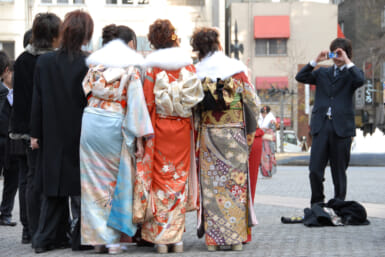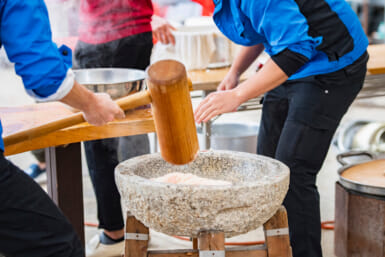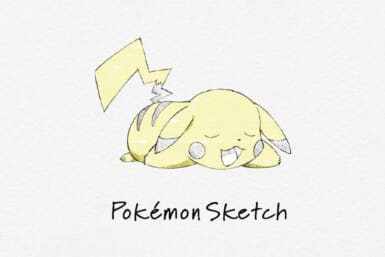Build it, and they will come. However, they may not always buy a ticket of admission.
Take, for example, Gluck Kingdom. Located in Obihiro City on Hokkaido, the northernmost of Japan’s four major islands, this theme park was built to resemble a medieval German castle and to offer visitors re-created settings of well-beloved fairy tales by the Brothers Grimm. And grim indeed became this tourist attraction’s bottom line: according to a vernacular weekly, not long after Gluck Kingdom’s 1989 opening, daily attendance was averaging an unhappily-ever-after 13 persons.
Rare is the community that does not succumb to the temptation to draw attention to itself by building a brand spanking new whatever. Not untypically, the whatever initially inspires fevered opposition, but later becomes a wellbeloved landmark that draws in hordes of rubberneckers.
Such has been the fate of, to cite two examples, the Eiffel Tower in Paris and the Space Needle in Seattle. Both were the target of vocal nay-sayers while under construction, and both are now well-loved landmarks.
The transformation process does, however, take time, as witness the Statue of Liberty. No, not the one that holds its lamp above the city of New York; the one that rises above the little town of Momoishimachi in—how’s this for a fortuitous coincidence?— the big apple-producing prefecture of Aomori.
Because both Momoishimachi and New York are located at 40′ 40″ north latitude, city fathers in the former location decided to go for numerical uniformity and make their Statue of Liberty one-fourth the size of the one in the latter. Attendance here, sad to say, has also been fractional.
When Gamagorishi in Aichi Prefecture decided to spell out its name in a 17.6 meter-long, four meter-high, ¥84 million illuminated sign above an elementary school, it hoped to attract the attention of passengers on board passing bullet trains. Which is exactly what happened, until the bullet trains increased their speed levels and the sign became a neon-lit blur.
Speed was also a problem for Kabayama-mura in Yamanashi Prefecture. An attempt to put itself on the map with Japan’s longest roller slide come to naught when it was discovered that the slide’s incline was not steep enough to enable users to descend its 42.1 meters with anything approaching fun-inducing rapidity. Adding insult to injury, not long after its 1990 opening, a rival community built a slide more than seven times as long and drew enthusiastic crowds.
Meanwhile, a rapid descent proved disastrous to Kuroishi in Aomori Prefecture. As a means of promoting a hot springs bath that features a display of kokeshi, or traditional wooden dolls, the town ordered up a solid gold kokeshi for ¥100 million and a solid silver one for ¥90 million.
After displaying the dolls for five years, during which time the price for gold and silver would presumably appreciate, Kuroishi intended to sell them off at a profit to help pay for various civic improvements, but discovered to its chagrin that the prices for these precious metals had plummeted.
Twenty-seven kilograms of pure gold were used in the making of the two dolphin-like fish that grace the roof of a castle in Sunamatacho in Gifu Prefecture. Claims that the castle is a faithful recreation of one built by 16th-century Toyotomi Hideyoshi, and therefore an historical site well worth visiting, are challenged by experts who point out that the original was a crude, stone structure with no golden dolphin-like fish anywhere near it.
All of the above is not to say that once it’s built, they will never come. Although a 152-hecatre recreation of medieval Dutch life might not seem, at first blush, a surefire attention grabber, Huis Ten Bosch in Nagasaki Prefecture is visited by about 4.2 million people annually, a figure more than twice as large as the combined populations of Amsterdam, Rotterdam and The Hague. The attraction has continued to stun attendees not only with its attention to detail, but also with what one observer calls its “pioneering ecological town planning.”
If there’s a lesson that the communities of Momoishimachi, Gamagoroishi, Kabayama-mura, Kuroishi and Sunamatacho can take from Huis Ten Bosch, it is this: with just the right idea and a little bit of luck, you can build it, and not get in Dutch.









